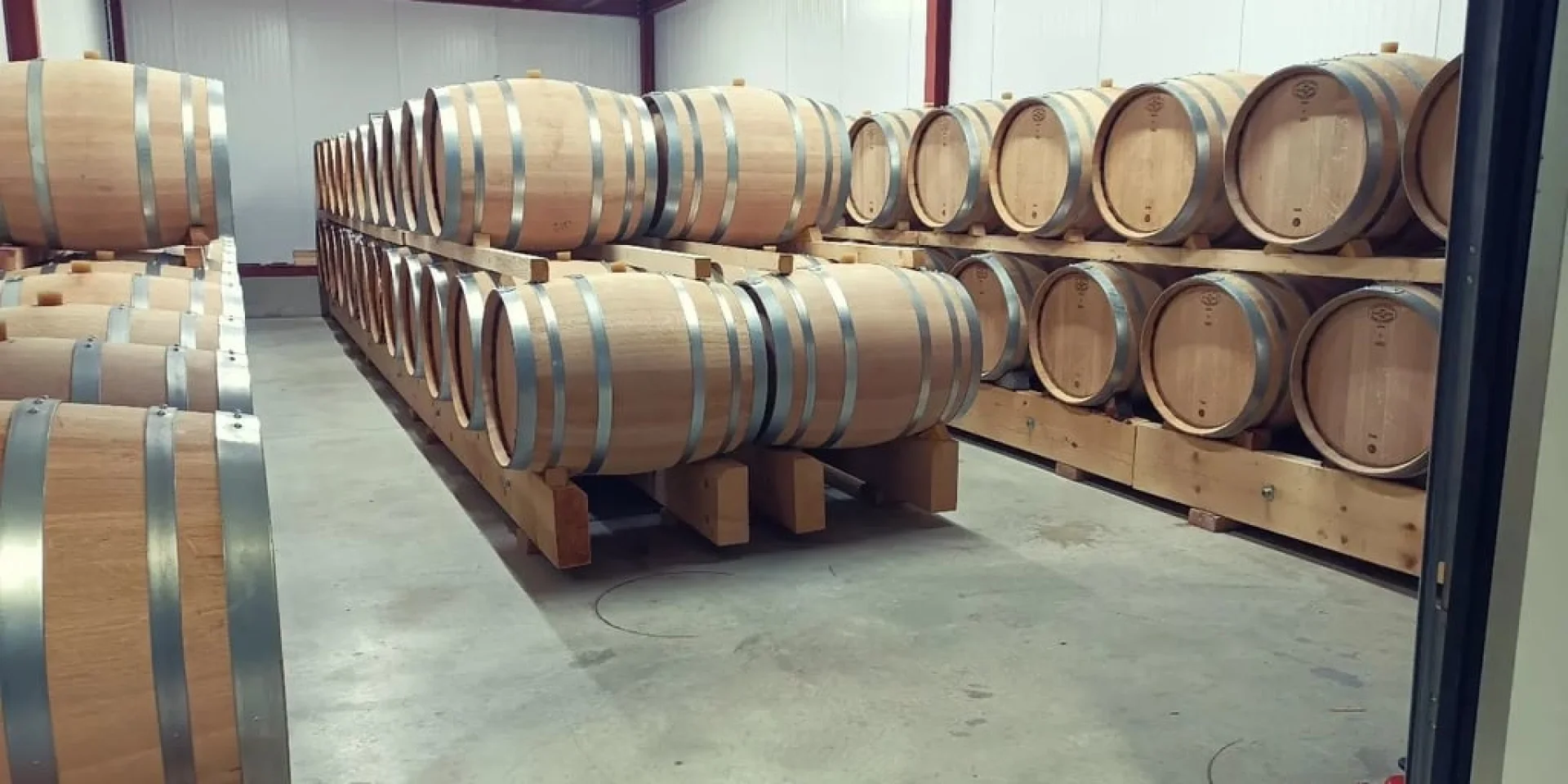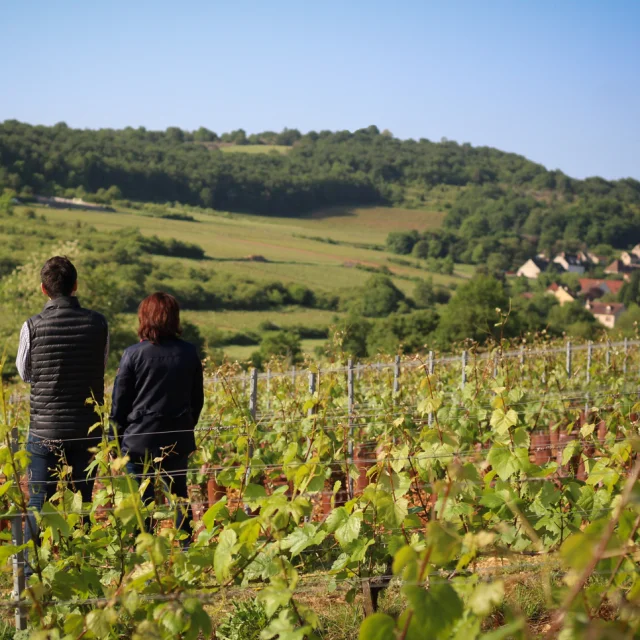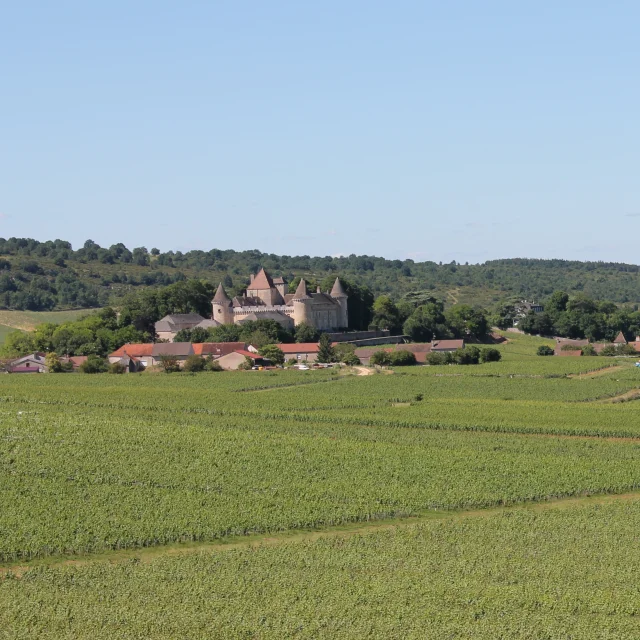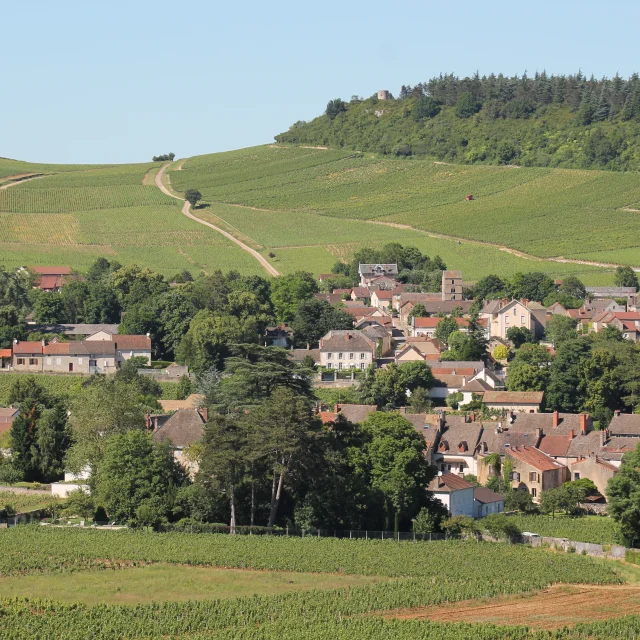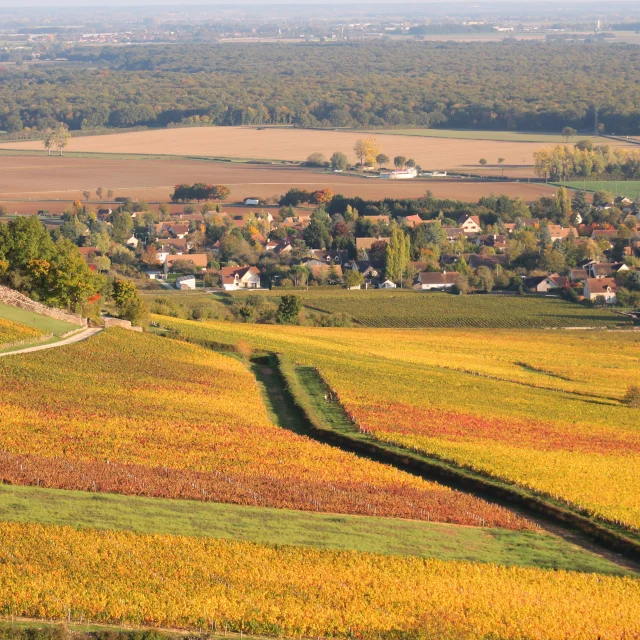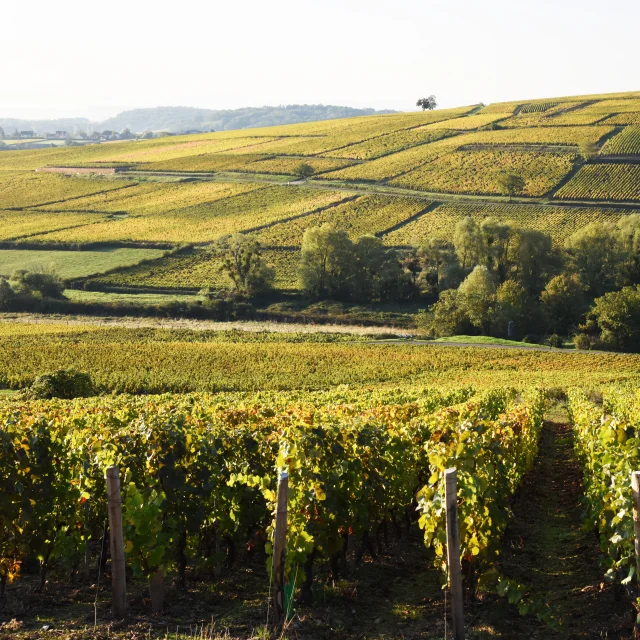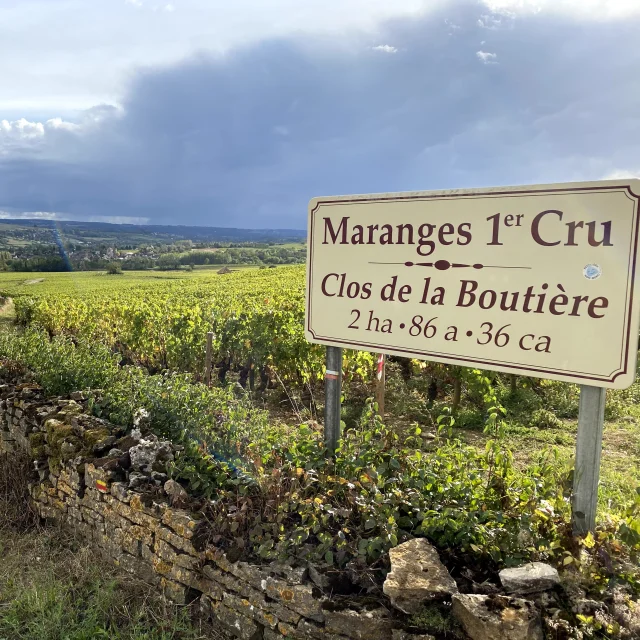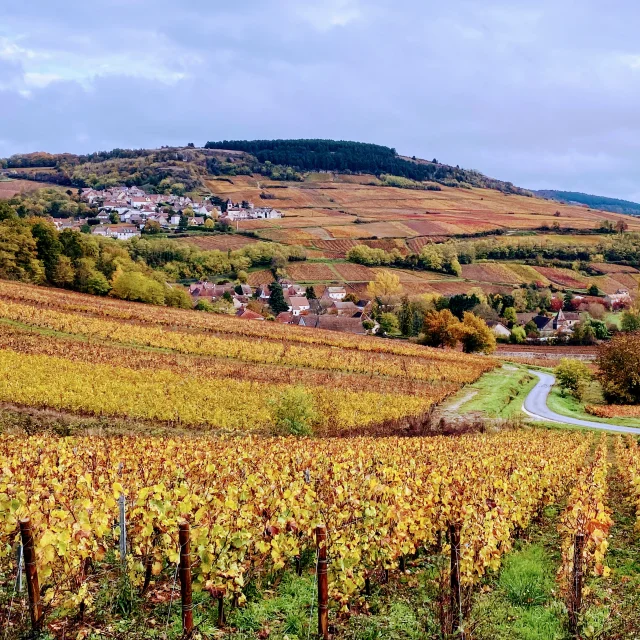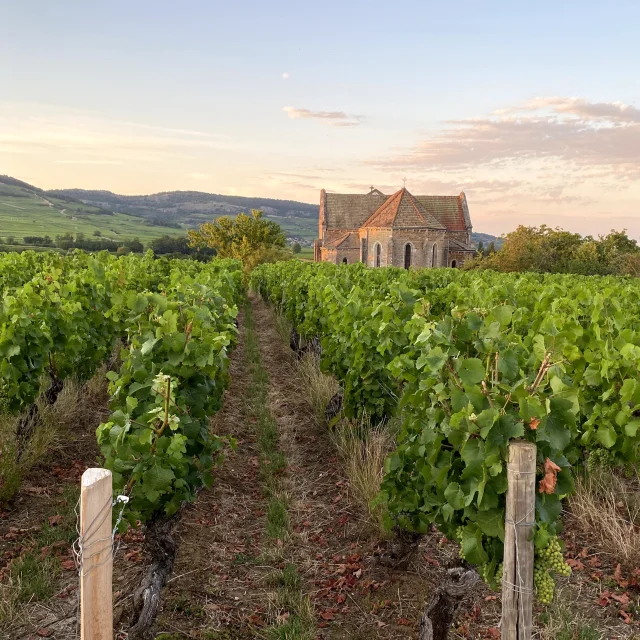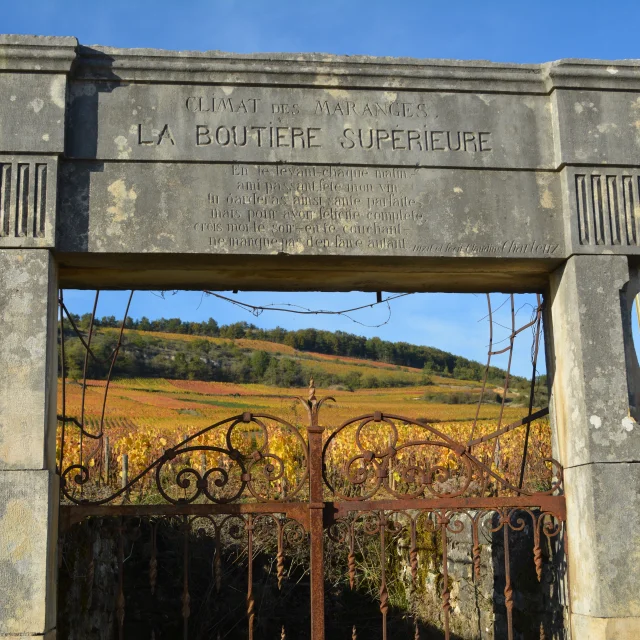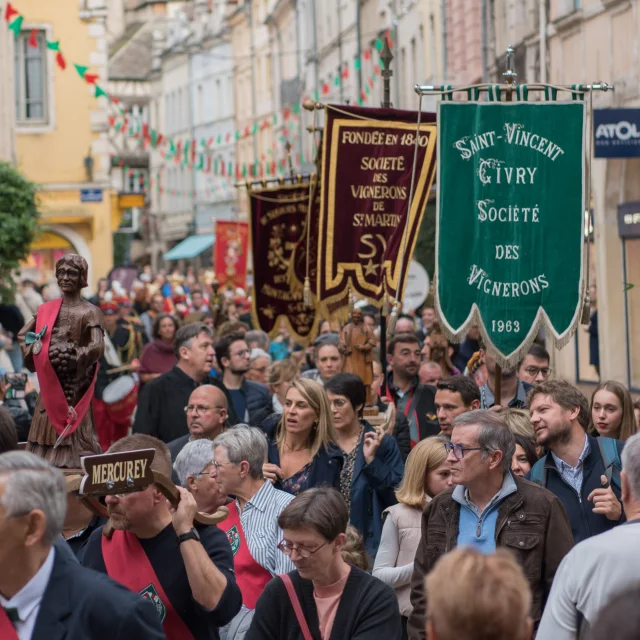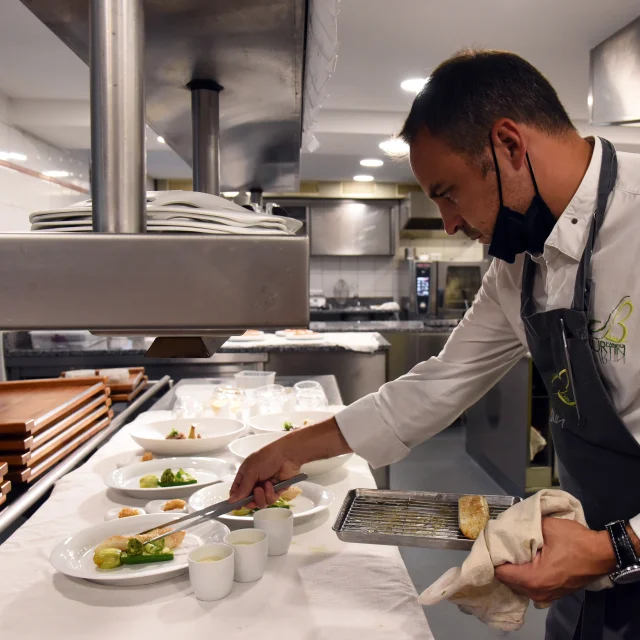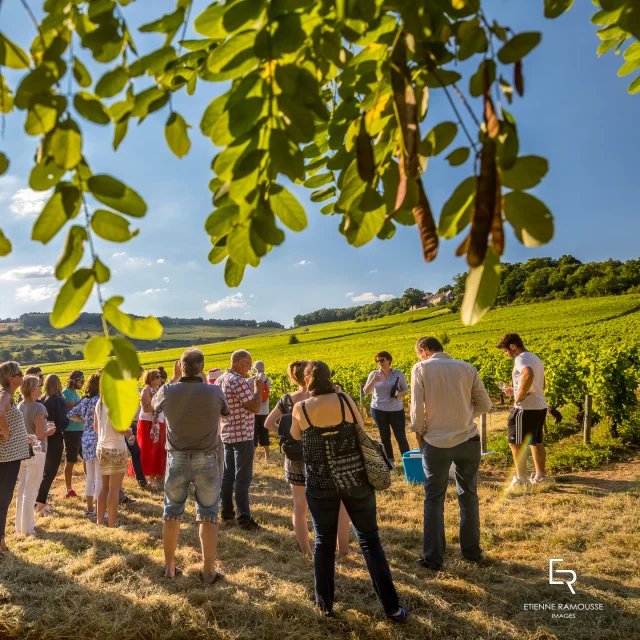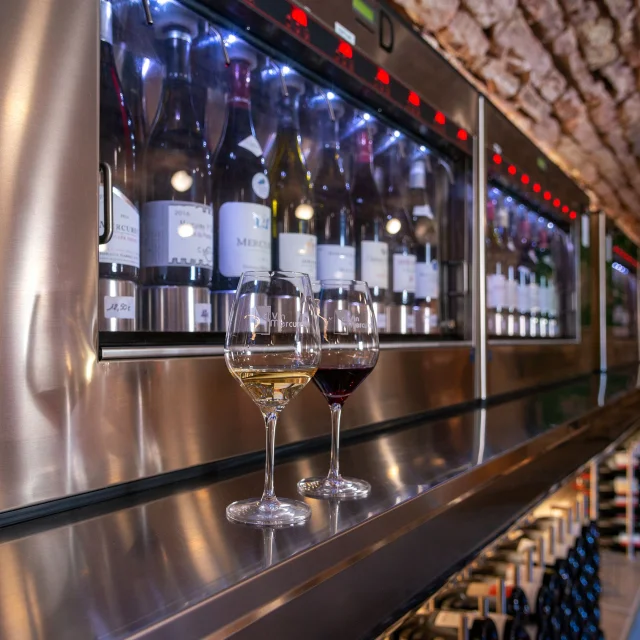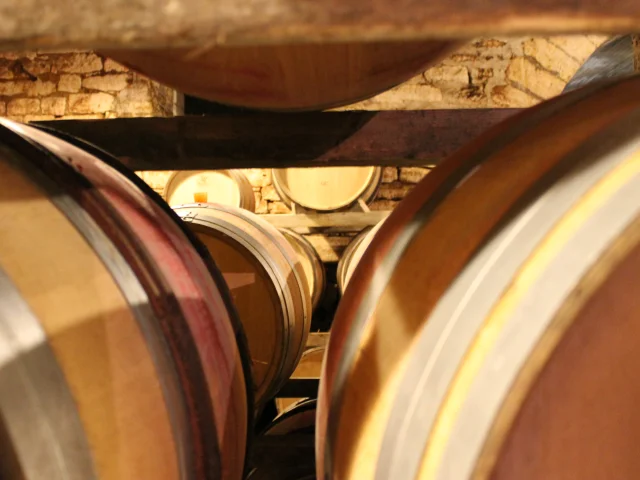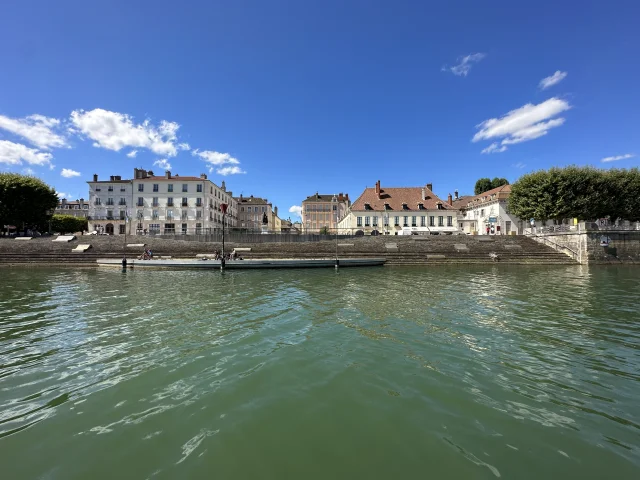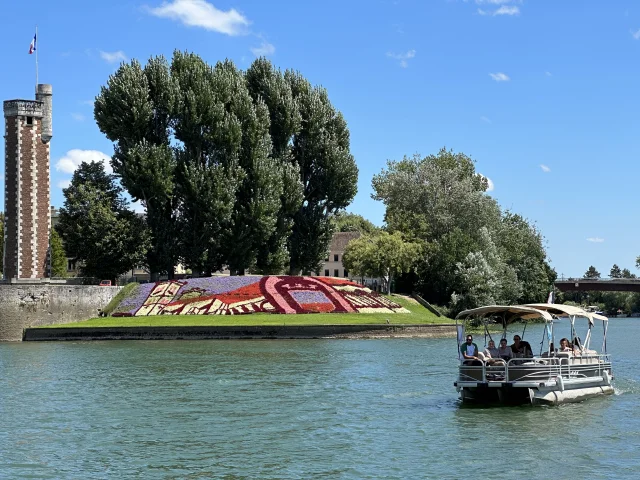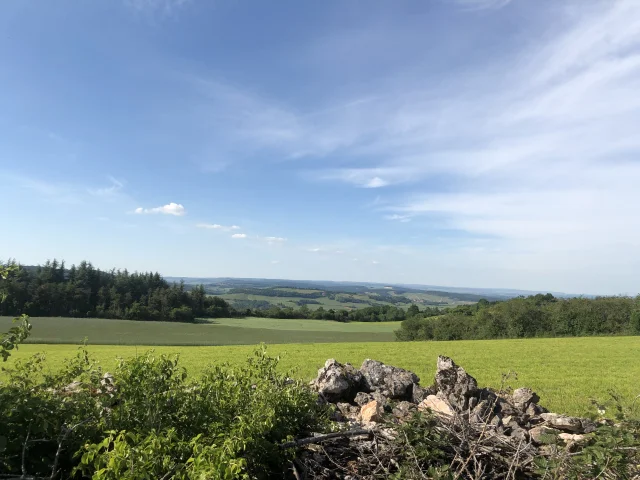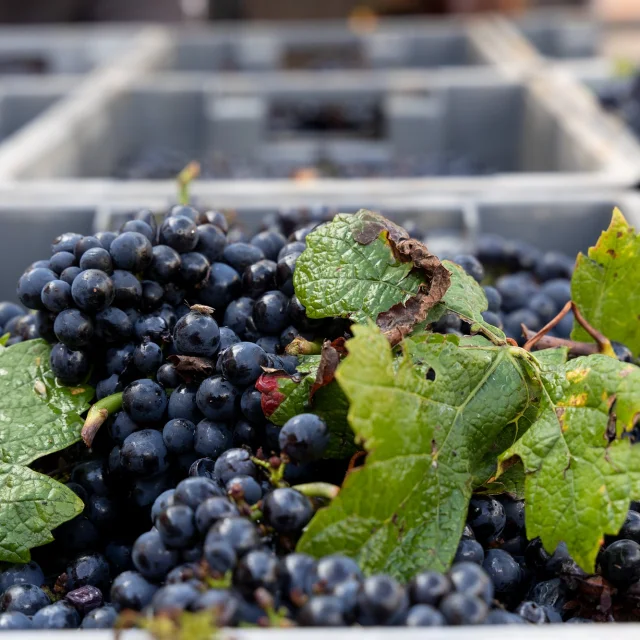 Vdc Gc Mercurey Md
Vdc Gc Mercurey Md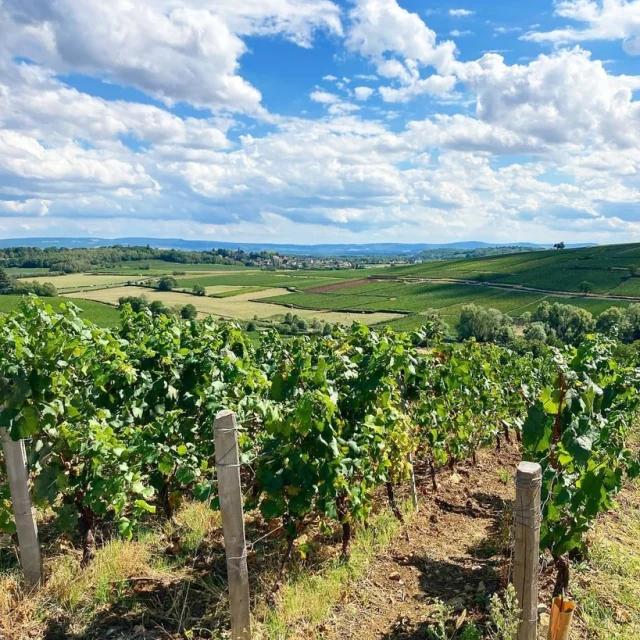
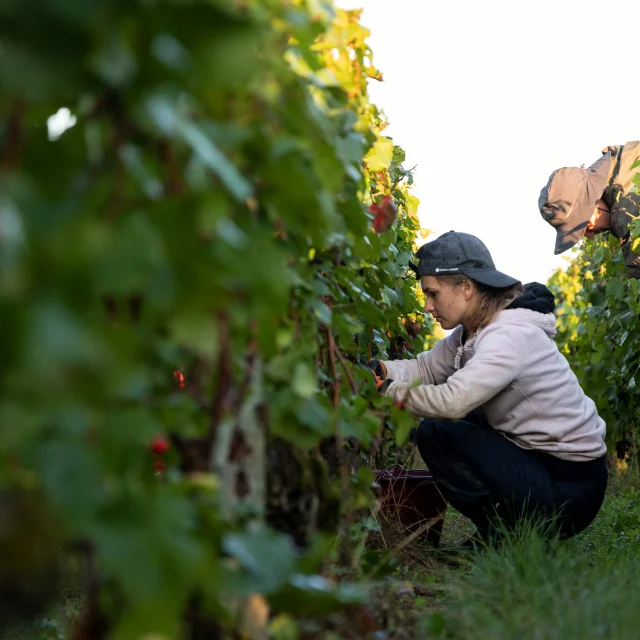 Vdc Gc Cheilly Les Maranges Md 1
Vdc Gc Cheilly Les Maranges Md 1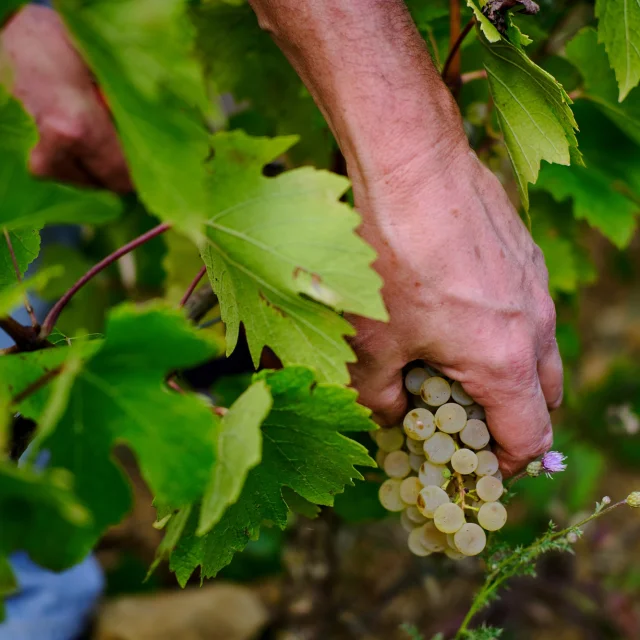 Vdc Gc Saint Desert Md 4
Vdc Gc Saint Desert Md 4Appellations: how to decipher them?
Regional appellations: these wines are produced throughout the Burgundy vineyards. You’ll easily spot them by their name, which (almost) always includes the word “Bourgogne”: Crémant de Bourgogne, Bourgogne Aligoté, Bourgogne Côte Chalonnaise… Regional appellations account for more than half of Burgundy’s production. These are also the appellations with the most affordable prices.
Village appellations: these wines are produced in the wine-growing communes (= villages) that give them their name. There are five Villages appellations in the Côte Chalonnaise: Bouzeron, Rully, Mercurey, Givry and Montagny.
Premiers Crus appellations: wines are produced on precisely delimited plots of land, called “climats”, within a village. One Burgundy wine in ten is produced under this appellation: Mercurey 1er cru, Givry 1er cru…
Grands Crus appellations: wines are produced on the best parcels (or “climats”) in the communes.
